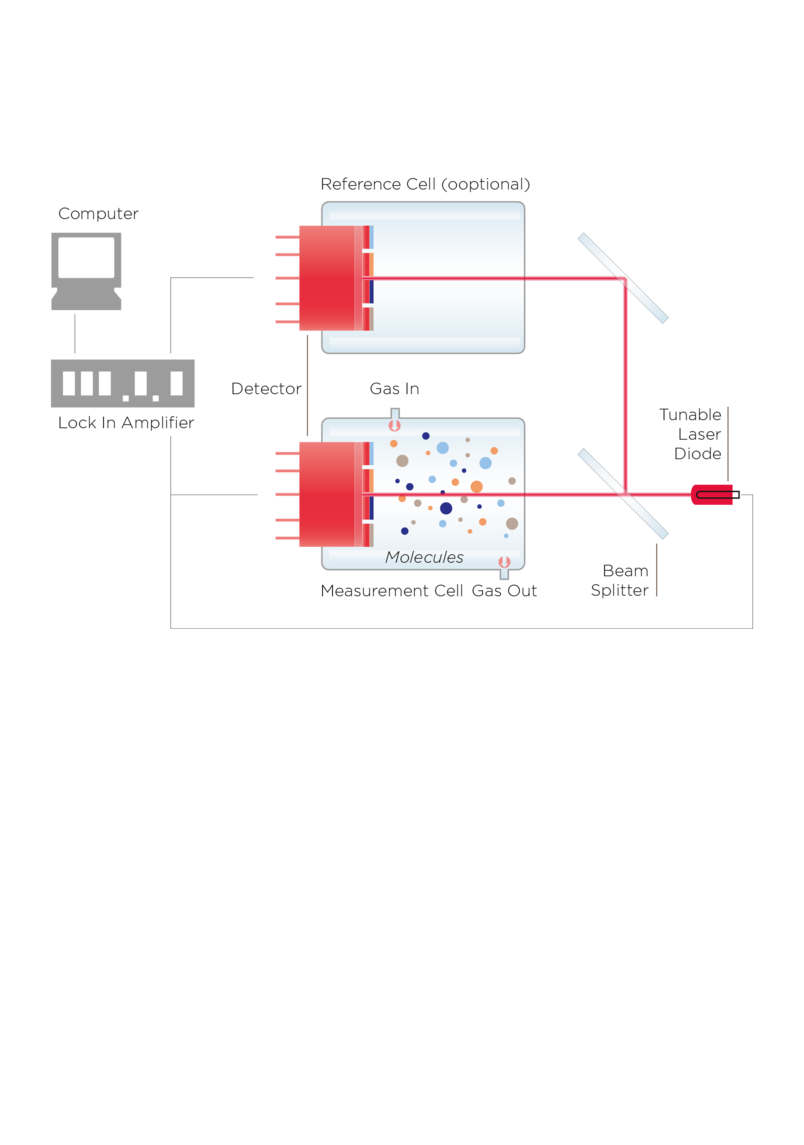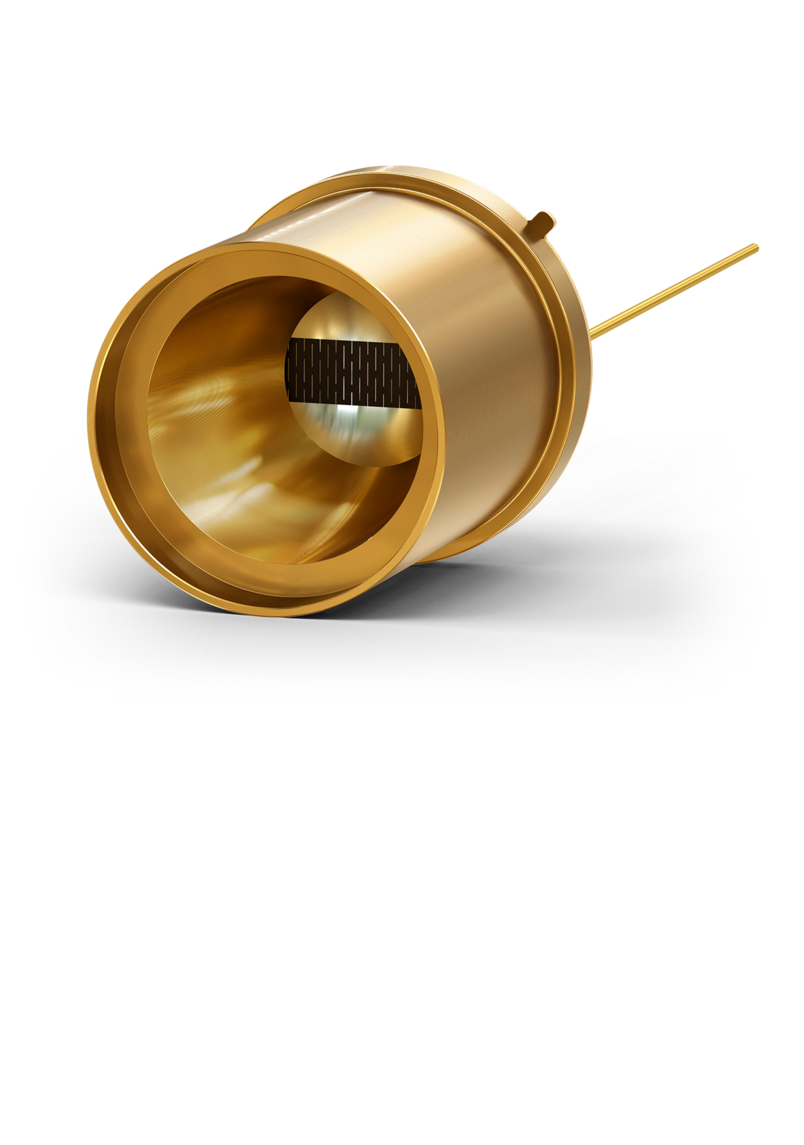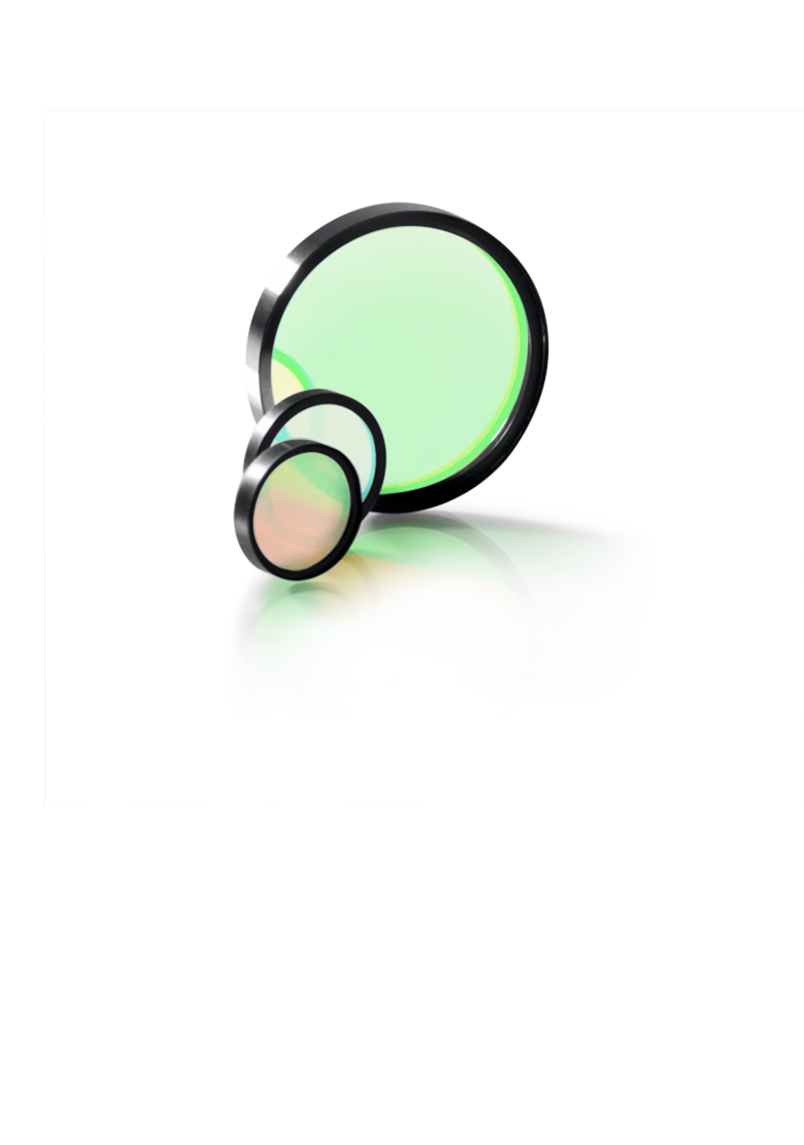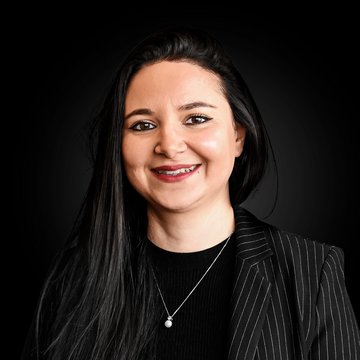Tuning Down Pollution with Optoelectronic Technologies
It took less than a century for cars to become an indispensable part of our modern lifestyle. They keep us mobile and take us to faraway places. For many of us, even routine affairs such as the daily commute would be unthinkable without cars. But the flip side of the coin has become as obvious as the advantages: Vehicular air pollution affects air quality in both metropolitan and small-town areas all around the world. Stratospheric ozone depletion and global warming are among the most pressing issues of our time.
Throughout Europe, politicians and scientists have been discussing a diverse range of measures to limit exhaustion of CO2, greenhouse gases, and particulate matter. In some cities, only cars with even numbers may drive on even-numbered days, while elsewhere people must pay considerable fees to get admittance to city centers. In Germany, recent considerations about diesel bans have created an uproar but also increased the general concern about environmental affairs.
TDLAS Systems
to measure exhaust gases
In 2015 experts from the European Union, Japan, and India agreed on the Worldwide harmonized Light vehicles Test Procedure (WLTP) following the guidelines of the UNECE World Forum for Harmonization of Vehicle Regulations. Any new model pro-duced after September 2017 must comply with these regulations.
In addition to the usual lab tests, cars must also undergo a so-called Real Driving Emissions (RDE) test following clearly-defined statistical guidelines.

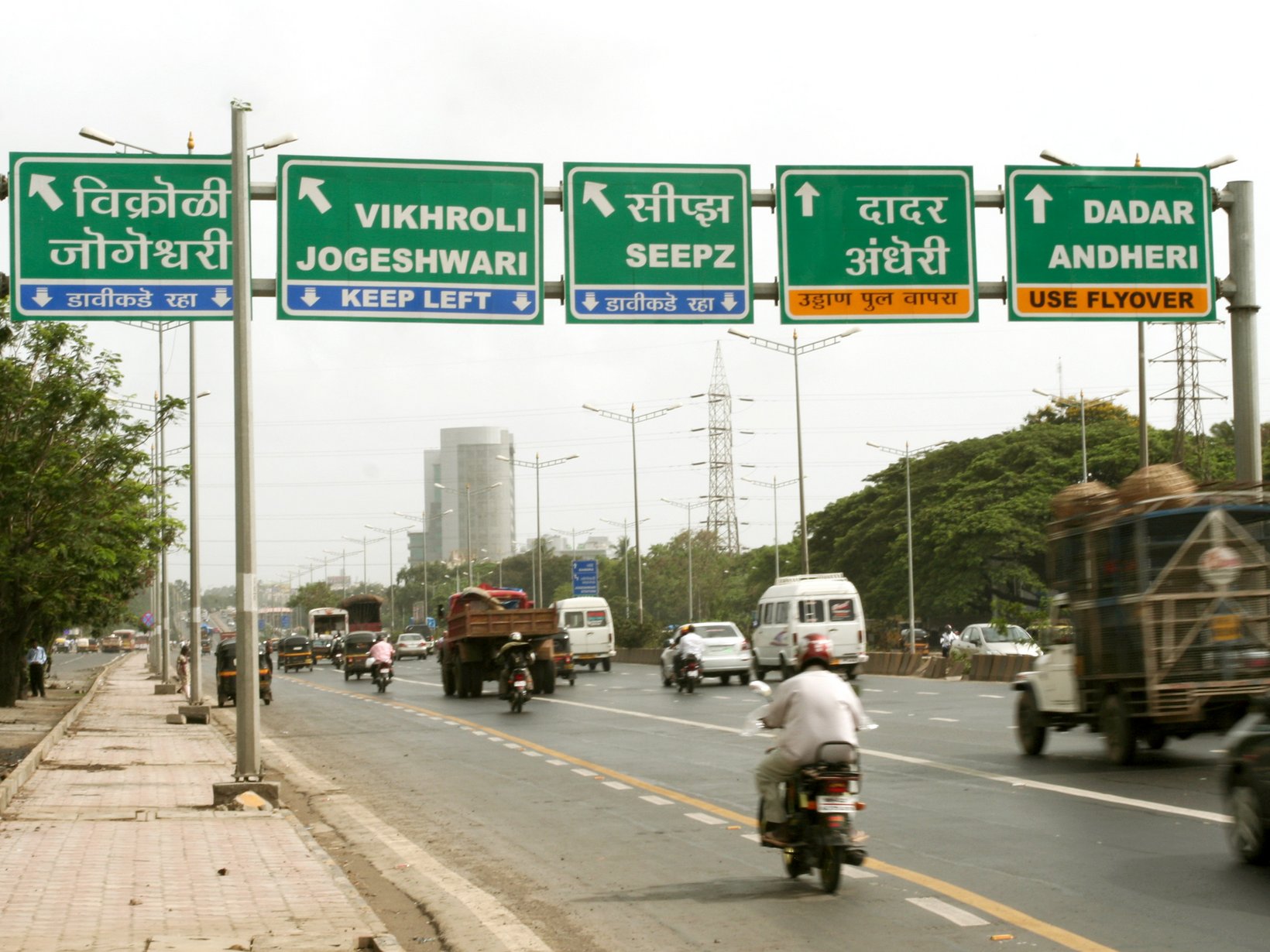
»TDLAS is a fool-proof method to detect and control vehicular emission.«
Dr. T.K. Subramaniam
Testing in a Running Vehicle
Some pollutants, such as nitrogen oxides (NOx), cannot be determined under lab conditions but need to be tested in a driven car. Therefore, the RDE test will certainly deliver more accurate and extensive results.
Some scientists, however, state that the bulky equipment commonly used for RDE testing leads to unreliable results because it changes the aerodynamics and weight of the car. Instead, they propose TDLAS systems that would easily fit into the trunk of the car. Their detection units could be attached to the exhaust pipe without any convoluted constructions.
Controls for used cars have also been streamlined. After a maximum period of four years before the first check-up, every car must periodically undergo a vehicle inspection, which includes an emissions test.
In most European countries, these checks are conducted every two years. Following these regulations, there is a certain need for every car on the road to meet governmental standards.
Outside the EU, the picture is a little bit more confusing. In Canada and the US, for example, regular vehicle and emissions tests are part of provincial or state legislation. The Clean Air Act of 1990 merely requires the implementation of vehicle emissions inspection programs in metropolitan areas where air quality does not meet federal standards.
Therefore, there are virtually fifty different regulations within the US; sparsely populated states like Wyoming and Alaska do not feel the need for any inspection whatsoever.
Pollution Measurement
In Cities
In many cities around the world, pollution measurements are also conducted by fixed metering stations. The concentrations of pollutants such as SO2, H2S, CO, NO, NO2 or ozone are monitored on a 24-hour basis, often using a different method for each substance.
Measurement methods:
- Sulfur compounds may be measured using UV fluorescence,
- NOx values are determined by chemiluminescence, and
- CO is determined by IR absorption.
This is a useful strategy to obtain an overview of the overall pollution. These stations do not differentiate between vehicular, industrial, and domestic pollution but provide an overview of the overall air quality at a specific point and time. Many of them are placed in heavy traffic areas; it can, therefore, be concluded that variations of certain pollutants are mainly caused by vehicle emissions.
These stations are the main source for pollution values as commonly mentioned by the media. According to the Umweltbundesamt (German Federal Environmental Agency), the overall air pollution has decreased each year by 5% compared to 1995.1
1 www.umweltbundesamt.de/daten/luft/luftschadstoff-emissionen-in-deutschland
It appears that European countries have finally found a way to keep track of their pollution and started taking measurements. But the lion’s share of worldwide CO2 emissions is created outside Europe. The fast-growing industrial economies of China (29.1% of worldwide emissions) and India (6.98%) are among the top five.
In 2014, the WHO declared New Delhi the dirtiest city in the world regarding particulate matter. The concentration was about ten times higher than that of the European metropolises of London and Paris.
To cope with these problems, Indian scientists have come up with a reliable, cost-effective, and easy-to-use method for roadside measurement of vehicular emissions.
Indian Professor Presents Solution
in-situ roadside measurement of all pollutants in a single scan
At the LASER COMPONENTS IR WORKshop in 2016, Dr. T.K. Subramaniam of the Department of Science & Humanities (Physics) at Sri Sairam Engineering College in Chennai, India proposed a laser-based method that would allow the in-situ roadside measurement of all pollutants in a single scan.
He applied Tunable Diode Laser Absorption Spectroscopy (TDLAS), which builds on well-known spectroscopic principles and uses sensitive detection techniques, coupled with tunable diode lasers and optical fibers developed by the telecommunications industry.

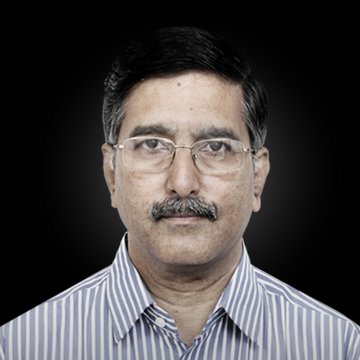
Dr. T.K. Subramaniam
Dr. T.K. Subramaniam has been working as a professor of physics at Sri Sairam Engineering College, Chennai, India for more than twelve years. As a renowned specialist in the field of laser spectroscopy, he has twenty-nine years of experience in research and industry. In 2004, he earned his PhD from the famous Banaras Hindu University (BHU) in Varanasi, India, where he also helped to establish a laser spectroscopy laboratory. His work includes twenty-three research publications in international journals of repute and a textbook on Engineering Physics recently published by the Oxford University Press (OUP). He also serves as a peer reviewer for the Optical Society of America (OSA) group of journals, i.e., the Journal of the Optical Society of America and Applied Optics. |
|
Dr. Subramaniam proposes the use of TDLAS measuring systems for the roadside monitoring of exhaust gas emissions. To get results that reflect the average pollution rate of a car, measurements must be made at a time when the engine has been running for several minutes. The catalytic converters usually need three to five minutes to reach their operating temperature, during which time carbon monoxide and unburned hydrocarbons are released into the air. The emission of nitrogen oxides also increases with the motor load.
Measurements, therefore, will have to be conducted on road sections on which cars are in-deed driven. According to Dr. Subramaniam, highway intersection ramps and toll plazas would be the best spots for roadside exhaust controls.
“At intersections, the motor has been running for a considerable amount of time; driving uphill puts additional strain on the combustion system. The ramps could, therefore, be used to check the emissions and environmental effects of each vehicle. At toll plazas, a number of instruments could be used simultaneously when the vehicles are at "idling condition“ after running through long distances. In these places, it may be possible to add supplementary sensors to capture vehicle payload and other values that affect emissions”, says Dr. Subramaniam.
“If the vehicle being tested is found to have emissions which violate the rules of the day as prescribed by a government of the day, a high-speed camera is activated within a microsecond or a picosecond to take a photograph of the license plate of the vehicle and the driver of the vehicle, as well as to note other details like the time and place of booking, etc. The driver will then be notified that his car needs maintenance. In grave cases, tough consequences could be implemented. If the car complies with regulations, the driver receives a badge showing proof of suc-cessful control.” He is convinced that “TDLAS is a fool-proof method to detect and control vehicular emission. Remote sensing instruments can measure the emissions of thousands of vehicles per day.”
Some US states follow a similar strategy by conducting mobile roadside emission tests – not unlike speed traps or alcohol tests. Experts state that compared to station-based tests, roadside controls can check thousands of in-use vehicles under reallife conditions. The data collected “on the road” could be used to improve government or manufacturer programs. For example, they could be used to find out builds or models with particularly high pollution rates and thus help discover design flaws.
Good To Know
Tunable Diode Laser Absorption Spectroscopy

Click here
Product Selection
LASER COMPONENTS France - Your competent partner for optical and optoelectronic components in France.
Welcome to LASER COMPONENTS S.A.S., your expert for photonics components. Each product in our wide range of detectors, laser diodes, laser modules, optics, fiber optics, and more is worth every Euro (€/EUR). Our customized solutions cover all conceivable areas of application: from sensor technology to medical technology. You can reach us here:
45 Bis Route des Gardes
92190 Meudon
France
Phone: +33 (0) 139 595 225
Email: serviceclient(at)



